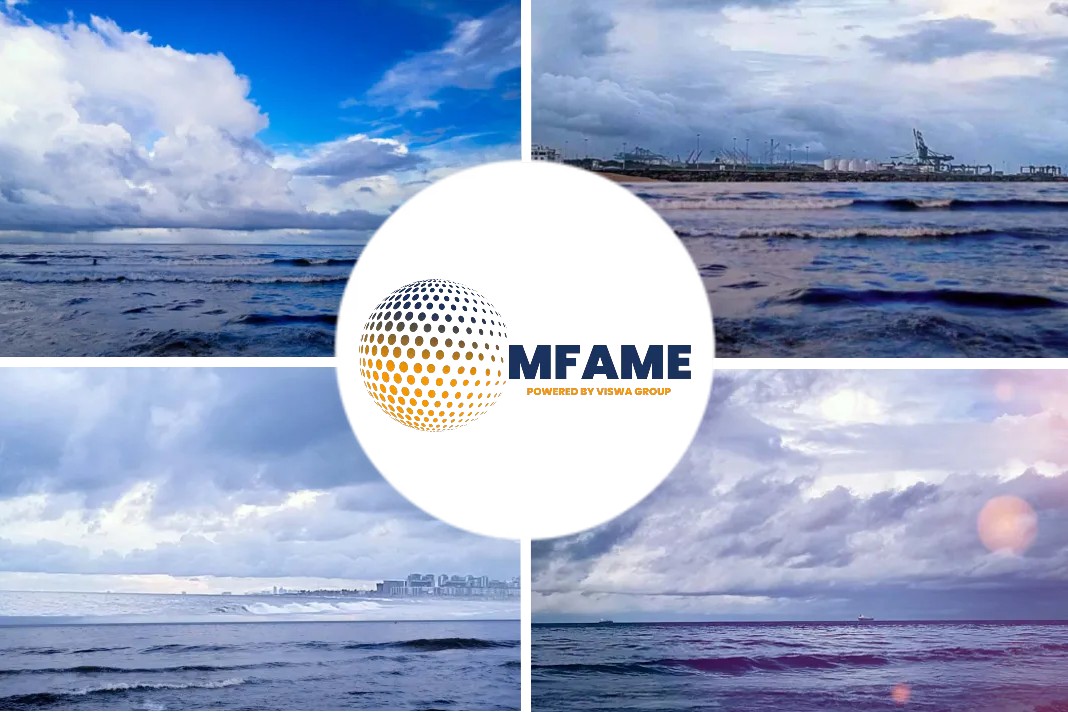- Marine fuel 0.5%S soars March 1 to highest all-time levels across the region
- Other bunker grades revisit 2013-2015 values
A recent news article published in the Platts states that spot prices for all bunker grades in Latin America reach new record highs.
Spot pricing for bunker fuels
Spot pricing for bunker fuels in Latin America soared to record highs March 1 for marine fuel 0.5%S following steep increases in global energy as the fallout of Russian invasion of Ukraine deepened.
In several ports in the region, the two other bunker grades, marine gasoil and high sulfur IFO 380, climbed to levels not seen since 2013-2015, and in the case of the high sulfur bunker in Cartagena, its strongest value in almost a decade.
Ex-wharf 0.5%S in Balboa jumped $43 to $816/mt March 1 in a day with strong liquidity.
“Tight avails, better margins, let’s see how March evolves and hopefully temperatures will cool down in Europe,” a bunker source said.
Marine gasoil in the port shot up $53 to $985/mt, while high sulfur IFO 380 rose $22 to $620/mt.
As in all the other ports assessed in the region, the 0.5% spot price in Balboa was the highest since this fuel started to be the most wildly used bunker in international shipping with the implementation in January 2020 of the International Maritime Organization rules on maximum sulfur content for marine fuels.
Extraordinary jump in values
The extraordinary jump in values seen March 1 can be exemplified by the fact that the previous highest price for 0.5%S in Balboa is $16 below the level seen March 1, an assessment of $789/mt on Feb. 24. Other ports showed the same pattern, as previous highest values were $16-$65 below March 1 assessments.
Marine gasoil in Balboa was only seen higher on Sept. 5, 2014, when it was assessed at $986/mt.
The previous highest price for the high sulfur bunker in the Panamanian port was registered on Feb. 2 at $632/mt, as the fuel has been talked tight in the port, but values in the $620s were previously only seen in June 2014.
“Some people are holding [fuel purchases] until tomorrow, which in my opinion is a bad idea. Market is poised to continue rising, plus it is very tight in avails for high sulfur fuel oil and VLSFO [0.5%S],” a market source said about the Panamanian port.
Regarding the pressures Panama could now face in terms of imported avails, the source added: “We expect HSFO to be under a lot of constraint again due to the fact that M100 from Russia won’t be able to reach the US Gulf Coast for now, so the market will be very, very short.”
Skyrocketing pricing
In Callao, marine gasoil skyrocketed $70 day on day to $1,150/mt, while marine fuel 0.5%S climbed $65/mt to $940/mt. The last time marine gasoil was seen higher in the Peruvian port was on Nov. 17, 2014 at $1,152.5/mt.
Marine gasoil was unmoved
In Santos, Brazil, the 0.5%S rose $16 to $798/mt, but marine gasoil was unmoved at $893/mt. Nonetheless, it was the highest pricing for MGO in Brazil since Platts launched its assessment in January 2016.
In Cartagena, Colombia, a port that does not traditionally closely follow the swings in global oil, reacted March 1 as 0.5% registered a $26 increase to $820/mt but MGO only moved up $1 to $896/mt amid a wide range of indications that went up to $910/mt. A higher price for MGO in the Colombian port is only found on Dec. 23, 2014, at $897/mt.
High sulfur IFO 380 in Cartagena
High sulfur IFO 380 in Cartagena was assessed at $730/mt, its highest recorded price since $747.50/mt on May 17, 2012.
In Guayaquil, Ecuador, high sulfur IFO 380 was valued at $648/mt, its strongest spot price since $656/mt on April 22, 2014. MGO in Guayaquil was assessed at $1,031/mt, with a higher level recorded on Jan. 16, 2015 at $1,033/mt.
Valparaiso, Chile, on the Pacific Coast, was not immune to the international environment either, and showed a $20 rise in 0.5%S to $997/mt and a $25 jump in MGO to $1,013/mt, surpassed only by a $1,022/mt value on Dec. 16, 2014.
“Prices are changing constantly,” a bunker supplier said. “Too much [volatility].”
Did you subscribe to our daily Newsletter?
It’s Free! Click here to Subscribe
Source: Platts

















